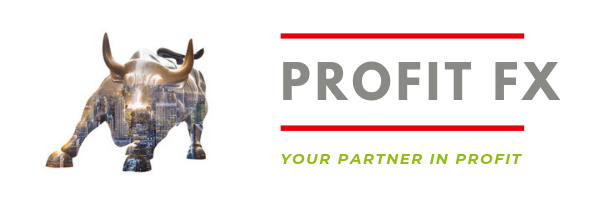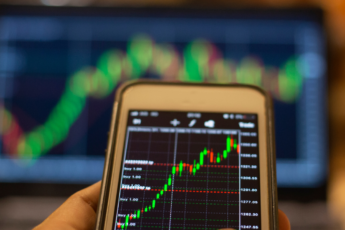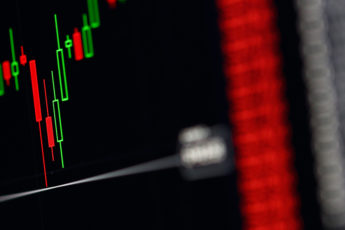Forex, also known as Currency, Foreign Exchange or FX trading is a $5 trillion a day global market.
In it, traders from across the globe, comprising of the biggest financial institutions to private individuals invest in the strengthening of one currency versus another currency. (Currency prices are affected by economic events, trader sentiment, geo-political actions and of course; changes to Supply and Demand). Forex trading has become popular as it is suitable for technical and fundamental traders, as well as short and long term investors.
How to trade forex
Forex trading instruments are comprised of Trading Pairs. The most commonly traded Forex pair is EUR/USD (EUR is the Euro, & USD is the US Dollar). When trading Forex, you trade the change in value of one currency versus another.
In my example of EUR/USD if the price is 1.30, that means that the value of €1 = $1.30 (this is also known as the exchange rate). If the rate rises to 1.3100, then the Euro has strengthened against the Dollar as €1 is now worth $1.31. Traders who bought EURUSD when the price was 1.30 will have profited as the price rose to 1.31.
If a trader believes that the Dollar will strengthen against the Euro, then they believe that EURUSD exchange rate will drop. Such a trader would sell EURUSD and profit when EURUSD drops to 1.29 or lower.
Prices of the exchange rate will rise and fall based on supply and demand for each currency. To measure supply and demand, Forex traders can use Fundamental and Technical analysis. Fundamental analysis includes economic reports like employment figures, central bank policies, and inflation data . These news releases reveal the health of a country’s economy and can determine whether demand will rise for its currency.
Technical analysis includes indicators and mathematical formulas that measure when a Forex pair is experiencing an increase of demand or supply.
After understanding the concept of currency trading, you can familiarize yourself with the lingo.
Basic Forex terms
Pip
A Pip is the “Percentage in Point” (PIP), sometimes also referred to as “Point”. It is equal to the minimum price increase of a Forex trading rate. The most common Pip is 0.0001
Ask rate
The ask rate is the price you can buy a currency at. It is also the lowest price at which a seller agrees to sell a financial asset
Bid price
The bid price is the price you can sell a currency at. The market is willing to pay you this price for this particular currency.
Spread
Spread is the difference between bid price and ask prices. Spread is in basic terms the transactional charge that you will pay in pips.
Currency rate
A currency rate against another currency rate.
Buying and selling
The terminology mostly used to place orders are used as follows: For a buy order we say that we are placing a long order or we are going long. When we open a sell order or look to sell we say that we’re going short, or shorting that particular security.
The mailing list receives communication on new developments, strategies, trade ideas and other high value content. Please join the mailing list to receive this communication.




